Have you ever wondered why bangles hold such an important place in Hindu culture?
Across India, from bustling cities to quiet villages, you will find women adorned with colourful glass, gold, silver, or conch shell bangles. They are not just ornaments. They are symbols of tradition, energy, protection, and blessings.
But how did this beautiful custom begin?
What hidden meanings do these simple circles hold?
And why has the tradition remained so alive, even today?
Bangles are woven into the very fabric of Hindu life, representing grace, fertility, health, and spiritual connection. Their story is as ancient as it is profound.
In this article, you will uncover the deep cultural roots, spiritual symbolism, health wisdom, and regional customs tied to the wearing of bangles. Whether you are reconnecting with tradition or learning something new, the journey ahead will help you appreciate the timeless magic of bangles in Hinduism.
Let us begin by exploring the historical and cultural significance of bangles.
Historical & Cultural Significance of Bangles
Bangles have been an essential part of Indian life for thousands of years. They are much more than decorative jewellery.
Archaeological discoveries from the Indus Valley Civilization, especially at Mohenjo-Daro, reveal that women wore bangles even around 2600 BCE. A famous bronze statue of a dancing girl shows bangles stacked along her arms, proving that this custom has ancient roots.
Throughout history, bangles have symbolized different aspects of a woman’s life. For married women, bangles represent Suhaag, the joy and sacredness of marital life. Their presence is believed to ensure the well-being of the husband and bring prosperity to the family.
Bangles also reflect cultural identity. Different regions have unique traditions related to bangles. In Bengal, newly married women wear conch shell (shankha) and red coral (pola) bangles. In other parts of India, ivory, gold, or glass bangles are traditional markers of different life stages.
The tradition of wearing bangles continues to be a proud part of Indian heritage, blending ancient history with living culture.
Spiritual and Symbolic Meaning
In Hindu culture, bangles hold deep spiritual and symbolic significance, reflecting various aspects of life, energy, and devotion.
Symbol of Marital Status and Prosperity
For married women, bangles signify Suhaag (marital bliss) and are considered auspicious. Wearing bangles is believed to ensure the well-being of the husband and bring prosperity to the family. The tradition emphasizes the sanctity of marriage and the role of the wife in maintaining harmony and prosperity in the household.
Representation of Energy and Protection
Bangles are thought to ward off negative energies and attract positive vibrations. The circular shape of bangles symbolizes the cycle of life, promoting the concept of eternity and completeness. This continuous circle is considered a symbol of unity and the infinite nature of existence.
Association with Colours and Emotions
The colours of bangles carry specific meanings and are chosen based on the occasion and the wearer's intentions:
Red:
Energy and prosperity
Green:
Fertility and good luck
Yellow:
Happiness
White:
New beginnings
Black:
Power
Purple:
Independence
Blue:
Wisdom
These colour associations enhance the spiritual experience of the wearer, aligning their energies with their personal and spiritual goals.
Integral Part of Rituals and Ceremonies
Bangles play a vital role in various Hindu rituals and ceremonies. During weddings, baby showers, and festivals, women adorn themselves with bangles as a sign of auspiciousness and to invoke blessings. The sound of bangles is believed to create positive energy, purify the environment, and invite divine presence.
In essence, bangles in Hindu culture are not merely accessories but are imbued with profound spiritual meanings. They serve as constant reminders of the wearer's duties, aspirations, and connection to the divine.
Health and Ayurvedic Beliefs Behind Wearing Bangles
In Hindu culture, bangles are believed to offer various health benefits, as per Ayurvedic principles and traditional beliefs.
Constant Friction Promoting Blood Circulation
The continuous movement of bangles on the wrist is thought to create friction, which may stimulate blood circulation. This gentle stimulation is believed to help in maintaining energy levels and reducing stress.
Pressure Points in Wrists Aiding Hormonal Balance
According to traditional beliefs, the wrists have several pressure points connected to various organs. Wearing bangles is thought to exert gentle pressure on these points, potentially aiding in hormonal balance and overall well-being.
Energy Retention and Positive Vibes
The circular shape of bangles is symbolic of the cyclical nature of life. It's believed that this shape helps in retaining the body's energy and preventing its dissipation. Additionally, the sound produced by bangles is considered to ward off negative energies and attract positive vibrations.
Material Significance
Bangles are made from various materials, each believed to have its own benefits:
- Gold: Associated with prosperity and believed to have a calming effect.
- Silver: Thought to have cooling properties and aid in emotional balance.
- Glass: Considered to enhance positive energy and ward off negativity.
These beliefs highlight the integration of health and spirituality in the tradition of wearing bangles.
Regional Variations in Bangle Traditions
India’s diverse traditions have shaped unique bangle customs across different regions. Each tradition carries its own meanings, linked to marriage, prosperity, and cultural identity.
Uttarakhand: Pahadi Elegance
In the mountainous regions of Uttarakhand, traditional bangles called Pahunchi form an important part of a married woman’s attire. These are thick gold bangles stitched onto red velvet cloth, worn around the wrist during festivals, weddings, and special occasions. Pahunchi symbolizes marital bliss, prosperity, and social dignity, often passed down as family heirlooms.
Himachal Pradesh: Silver Splendour
In Himachal Pradesh, especially among Kinnauri women, heavy silver bangles known as Chur are worn. These intricately designed bangles often feature motifs of nature, reflecting the region’s deep spiritual connection with the environment. Silver bangles here also signify strength, purity, and auspiciousness during festivals and ceremonies.
Rajasthan, Uttar Pradesh, and Bihar: Lac Bangles
In Rajasthan, Uttar Pradesh, and Bihar, lac bangles hold a prominent place in women’s lives. Made from natural resin, these bright and colourful bangles are handmade by skilled artisans. They are especially worn during festivals like Teej, Gangaur, Sawan, and wedding ceremonies.
In these regions, lac bangles are seen as a symbol of marital happiness, fertility, and good fortune. Newly married women and expectant mothers often receive lac bangles as blessings for a prosperous and joyful life.
Punjab: Bridal Chooda
In Punjabi weddings, the Chooda ceremony is a central ritual where the bride wears a set of ivory or plastic bangles in red and white colours. The Chooda symbolizes prosperity, happiness, and a long married life. Traditionally, brides would wear their chooda for up to a year after marriage to protect their new journey with divine blessings.
Maharashtra: Green Glass Bangles
In Maharashtra, green glass bangles are traditionally worn by brides and married women during weddings and religious festivals like Mangalagaur . Green represents fertility, growth, and harmony. Wearing green bangles is believed to attract good health and positivity into family life.
Bengal: Shankha and Pola
In Bengali culture, married women wear Shankha (white conch shell bangles) and Pola (red coral bangles). These bangles are given during wedding rituals and signify marital bliss, protection, and prosperity. Wearing these sacred bangles is a daily reminder of the blessings associated with married life.
South India: Gold Bangles and Temple Jewellery
In South India, particularly in Tamil Nadu, Kerala, Karnataka, and Andhra Pradesh, gold bangles are considered a vital part of a woman’s jewellery collection. Brides are adorned with thick gold bangles, often intricately designed with motifs of gods, flowers, and nature.
Gold symbolizes prosperity, purity, and divine blessings. Temple jewellery, which originated from ornaments used to adorn deities in temples, heavily influences bangle designs here. Bangles are passed down through generations as part of family heritage and wearing them during festivals and marriages is seen as invoking Lakshmi Devi, the Goddess of Wealth and Prosperity.
During special rituals like Valaikappu (baby shower ceremony) in Tamil Nadu, the expectant mother is gifted glass and gold bangles to bless her with a safe pregnancy and healthy child.
Do Modern Women Still Follow the Tradition?
In today’s world, where lifestyles and fashion choices have evolved rapidly, the tradition of wearing bangles has also found a new expression. Yet, its core significance remains alive.
Many modern women, especially in urban areas, choose when and how to wear bangles based on their personal style and convenience. Gold, silver, glass, and even contemporary metal bangles are now blended creatively with modern outfits. Bangles are no longer restricted to daily wear but are proudly worn during weddings, festivals, religious ceremonies, and family gatherings.
Importantly, many women still honour the deeper spiritual and cultural meanings behind wearing bangles. For special occasions like Karva Chauth, Teej, Durga Puja, Diwali, weddings, and baby showers, traditional bangles are an essential part of the attire.
Even among younger generations, there is a growing interest in reviving and embracing the symbolism behind bangles. Many are reconnecting with their cultural roots, wearing bangles not only as fashion but also as expressions of identity, blessings, and feminine strength.
In South India, rituals like Valaikappu continue strongly. In Bengal, Shankha and Pola are still worn proudly by married women. In Rajasthan, Bihar, Uttar Pradesh, and Maharashtra, festivals see women adorning colourful glass and lac bangles with devotion and pride.
Thus, while the forms may have adapted, the heart of the tradition beats on, weaving together the past, present, and future.


-in-Astrology.jpg)
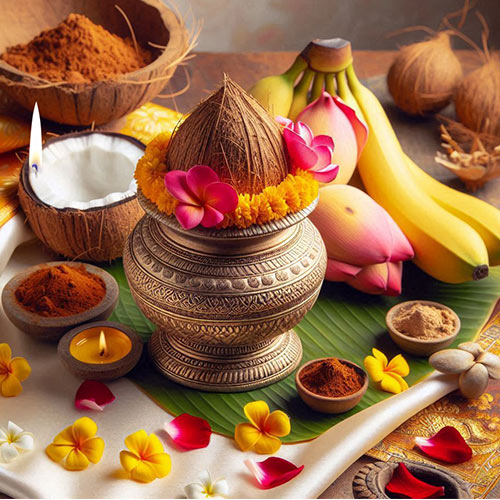
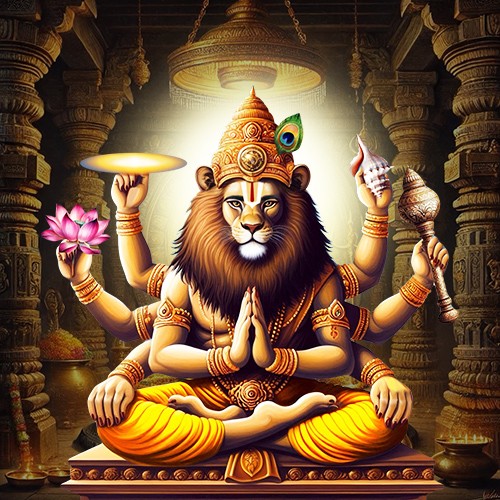
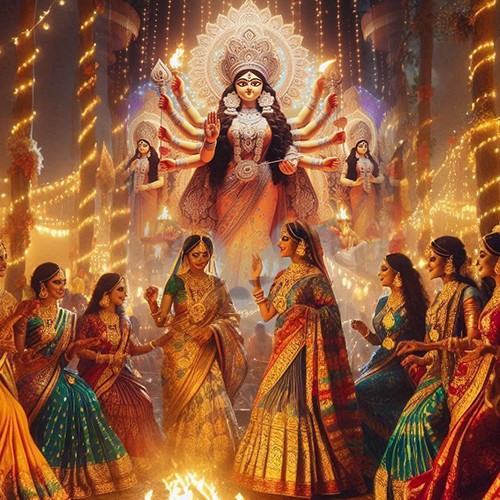
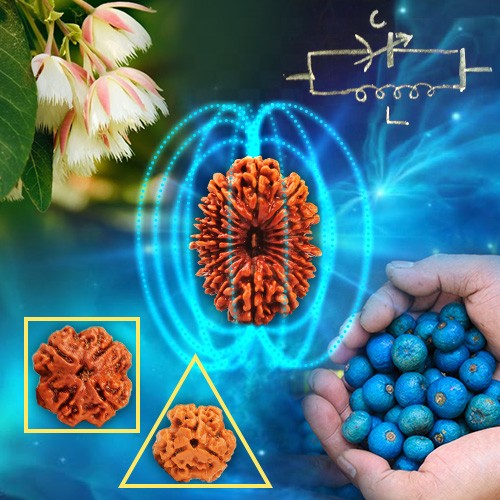

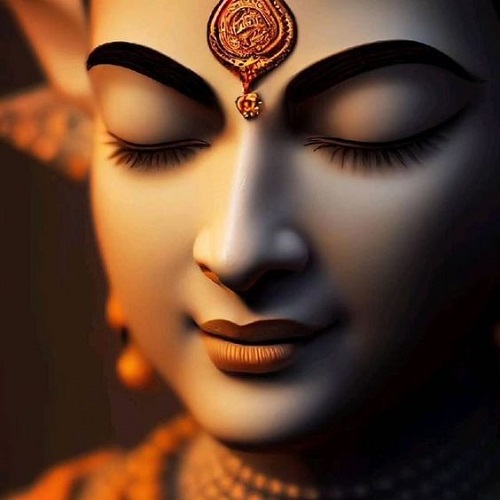
.jpg)
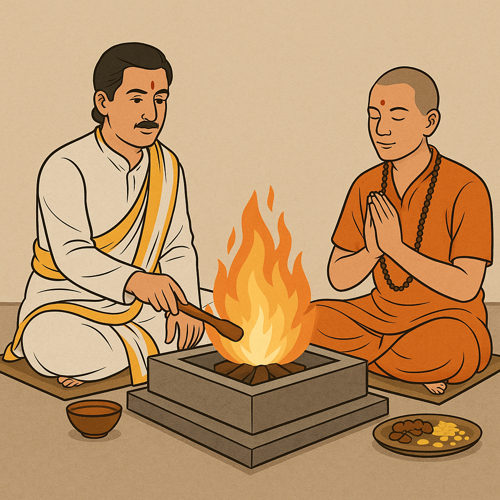
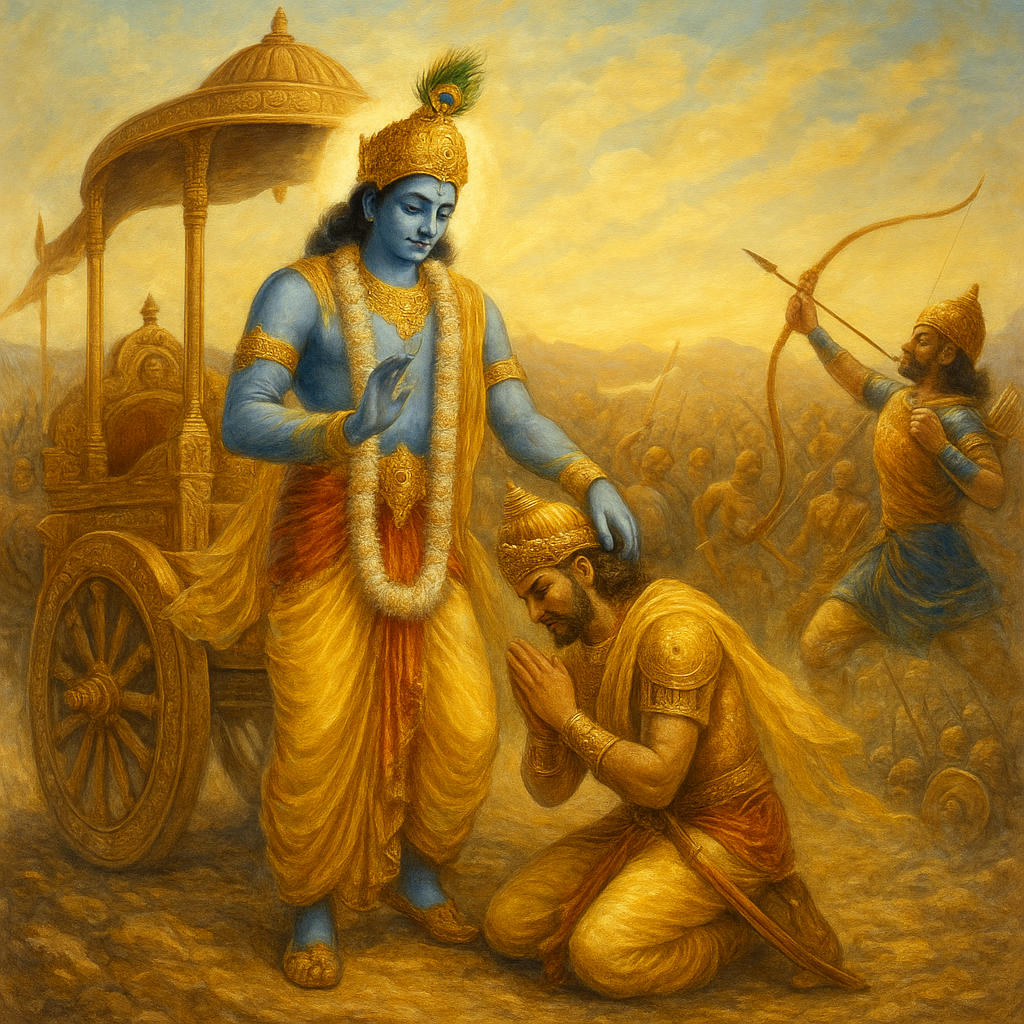
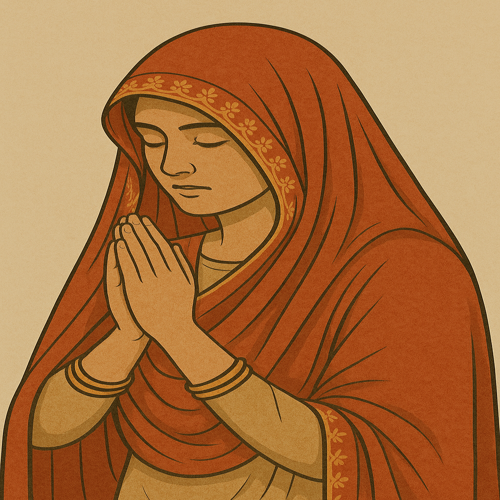
Comments 0
Leave your thought here